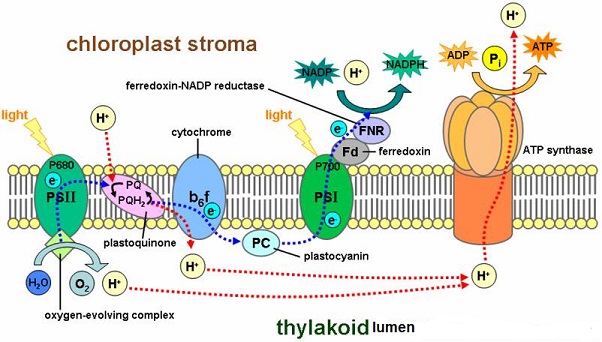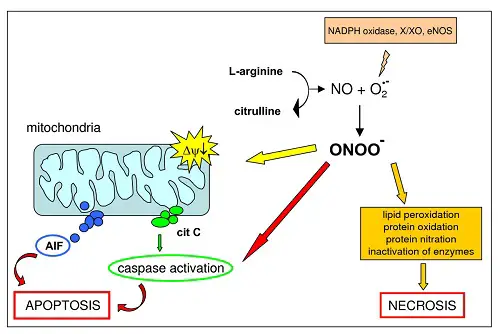Mitochondria is one of the important cell organelles.
It plays a major role in energy generation and also apoptotic cell death.
Mitochondria also have the ability to self replicate due to the presence of DNA in them.
This self-replication is necessary inside the cell as they play a key role in cell metabolism.
When they get worn out due to high activity, they are digested, and new ones are produced in their place to keep up the physiology.
It is also a place of glucose oxidation due to which large amounts of oxygen free radicals are produced, which are detrimental to the cell.
Energy production: Acetyl-CoA+ O2 ———> ATP + H2O + CO2.
O2 in the reaction splits into (o), i.e., an oxygen atom, which is very oxidative to cell organelles, so it has to convert to other forms to be less destructive.
Even defects in mitochondria lead to few diseases. And some drugs are also targeted against them to bring about a cure.
Hence mitochondrial tests are essential.
Mitochondrial Tests
1. For the anti-oxidant study
- Mitochondria produce oxidizing substances during energy production.
- So mitochondria are the key sites of oxidative radicals.
- These are analyzed for oxidation status, anti-oxidant enzymes located inside them.
- So mitochondrial test for oxidative radical species and also anti-oxidant enzymes is done.
- For example, malondialdehyde (MDA) which is formed by lipid peroxidase during oxidative stress is estimated as an indication of oxidative radicals.
- The more MDA the more is oxidative stress and vice-versa.
Other anti-oxidant enzymes are catalase and superoxide dismutase (SOD).
SOD breaks down OH- radical to form H2O2. Catalase breaks 2. H2O2 ———-> H2O + O2.
Lack of these enzymes is so dangerous as OH- & H2O2 accumulates in cells leading to damage.

2: For energy production study
Since mitochondria are energy houses of the cell.
Any failure of energy indicates mitochondrial dysfunction.
So mitochondria are analyzed for the status of energy production. i.e., if the mitochondria are viable or not. If they are viable, it means they produce energy.
This is done by checking the function of complex enzymes and also the membrane potential of mitochondria.
Of the complex enzymes, ATP synthetase is the key as it is the enzyme at the end of the cycle for ATP formation.
Other complex enzymes like SDH are also routinely analyzed.
3: For cell death signal
Mitochondria on rupture release Calcium and an apoptotic factor that trigger apoptosis (i.e., slow cell death) for the cell to be destroyed.

For these BACL proteins, the membrane potential is analyzed.
Membrane potential indicates if the membrane is damaged.
BACL proteins indicate their leakage from mitochondria into the cell.
These can be analyzed by western blot and fluorescent techniques.
In forensic studies
When a person is killed by poisons like cyanide, the mitochondrial complex enzymes are blocked, resulting in obstruction of energy supply and cell death, and organ failure.